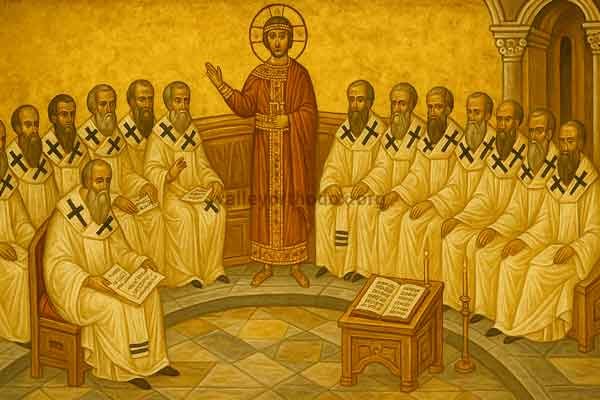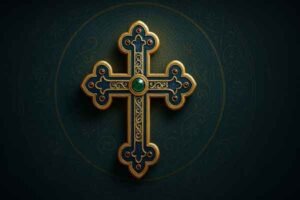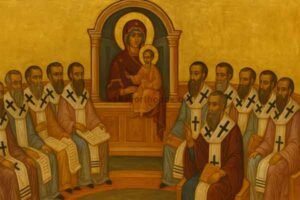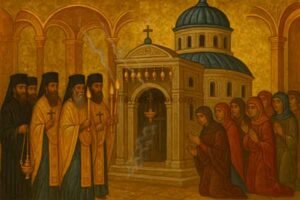Why Nicaea? Setting and Purpose
In the early fourth century, the Church emerged from persecution into imperial favor under Constantine. Amid rapid growth, theological disputes sharpened—especially the Arian controversy, which taught the Son was a creature exalted above others. The heart of the question was worship: if the Son is not truly God, Christian prayer and baptism are misdirected.
The Central Teaching: Homoousios
Nicaea confessed that the Son is “consubstantial” (homoousios) with the Father. This single term secured what the Church already prayed: we glorify the Father with the Son and the Holy Spirit. By safeguarding the Son’s full divinity, the council preserved the reality of salvation—only God can save—and the integrity of Christian worship.
The Nicene Creed (325)
The bishops issued a creed that explicitly affirmed the Son as “God from God, Light from Light, true God from true God… of one essence with the Father.” Later, in 381 (Constantinople), the creed was expanded regarding the Holy Spirit and the Church, forming what we commonly call the Nicene-Constantinopolitan Creed.
Key Figures and Dynamics
- Constantine convened the council to secure ecclesial unity.
- Alexander of Alexandria and his deacon Athanasius argued forcefully for Nicene faith.
- Many bishops initially sought compromise; the final creed drew a clear boundary around apostolic worship and teaching.
Canons and Church Life
Nicaea also issued twenty canons regulating discipline and practice. Highlights include norms on episcopal ordinations, reconciliation of the lapsed, and clerical conduct. The council addressed the Paschal reckoning, encouraging common celebration of Easter, a key sign of unity.
What Nicaea Changed—and What It Didn’t
Nicaea did not end controversy overnight; debates continued, and even Athanasius endured repeated exiles. Yet the Nicene confession became the measure of orthodoxy, shaping catechesis, liturgy, and pastoral life across the empire.
For Bishops and Laity
- Baptismal catechesis anchored in the Nicene confession of the Trinity.
- Liturgy explicitly glorifying the Son and the Spirit with the Father.
- Discipline for clergy and clearer processes for resolving disputes.
Legacy in Orthodox Tradition
Orthodox worship today still breathes the air of Nicaea. The creed sung at the Divine Liturgy is a weekly participation in the council’s confession. The Nicene vision continues to guide pastoral preaching: Christ is truly God and truly Savior.
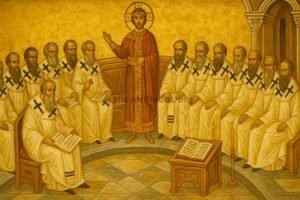
FAQs
What heresy did Nicaea address?
Primarily Arianism, which denied the Son’s full divinity.
Why is “homoousios” so important?
It protects the truth that the Son shares the Father’s essence, ensuring Christian worship and salvation are rightly understood.
Did Nicaea finish the creed we say today?
Nicaea (325) issued a creed; the Council of Constantinople (381) expanded it on the Holy Spirit and the Church.
